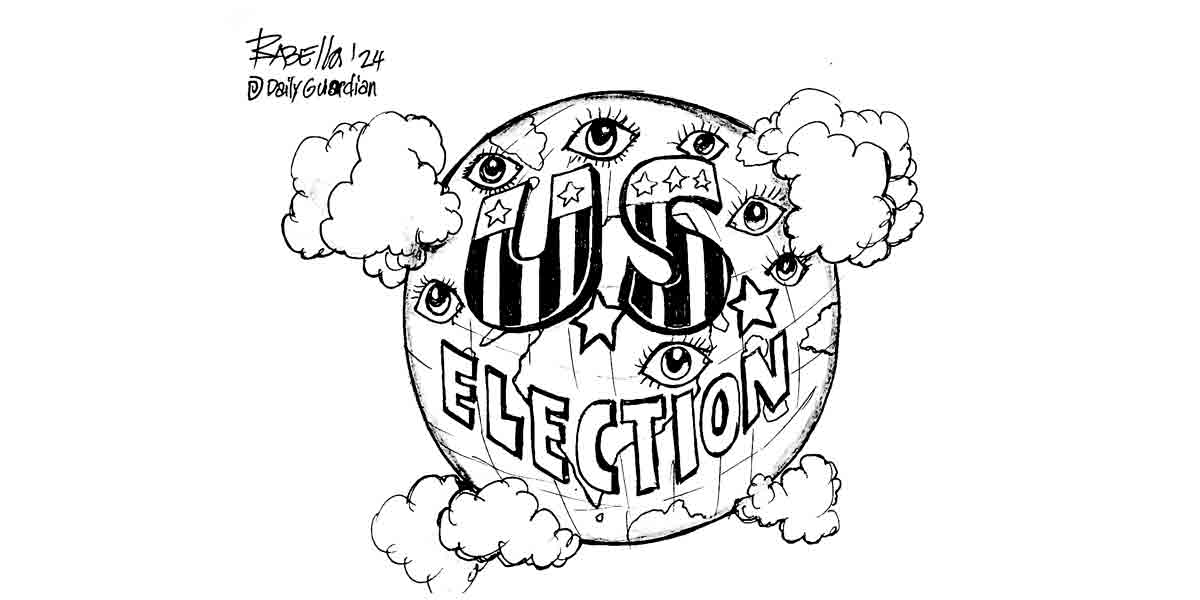
Personal remittances from overseas Filipinos (OFs) amounted to US$2.574 billion in April 2021, higher by 13.1 percent than the US$2.276 billion recorded in April 2020.
This brings the cumulative personal remittances for the first four months of 2021 to US$11.028 billion, representing a 5.1 percent growth year-on-year from the US$10.494 billion posted in the comparable period in 2020. This is also higher than the US$10.811 billion reported in the same period in 2019.
In particular, personal remittances from land-based workers with work contracts of one year or more rose by 15.2 percent during the month of April to US$1.931 billion from the US$1.677 billion recorded in April 2020.
Meanwhile, remittances from sea-based workers and land-based workers with work contracts of less than one year also increased by 4.9 percent to US$574 million from US$547 million a year ago.
Likewise, cash remittances from OFs coursed through banks rose by 12.7 percent to US$2.305 billion in April 2021 from US$2.046 billion in the comparable month a year ago. Cash remittances expanded, following the increase in receipts from land-based workers by 15.2 percent to US$1.779 billion (from US$1.545 billion) and sea-based workers by 4.9 percent to US$526 million (from US$501 million).
On a year-to-date basis, cash remittances for January-April 2021 reached US$9.898. billion, higher by 4.8 percent than the year-ago level of US$9.448 billion.
The growth in cash remittances for January–April 2021 came largely from the United States (US), Malaysia, Singapore, and South Korea. Meanwhile, in terms of country sources, the US registered the highest share of overall remittances at 40.3 percent for the first four months, followed by Singapore, Saudi Arabia, Japan, the United Kingdom, the United Arab Emirates, Canada, South Korea, Qatar, and Taiwan.1
The combined remittances from these top ten countries accounted for 78.1 percent of total cash remittances.
———————————–
1 There are some limitations on the remittance data by source. A common practice of remittance centers in various cities abroad is to course remittances through correspondent banks, most of which are located in the U.S. Also, remittances coursed through money couriers cannot be disaggregated by actual country source and are lodged under the country where the main offices are located, which, in many cases, is in the U.S. Therefore, the U.S. would appear to be the main source of OF remittances because banks attribute the origin of funds to the most immediate source. The countries are listed in order of their share of cash remittances, i.e., from highest to lowest.



















